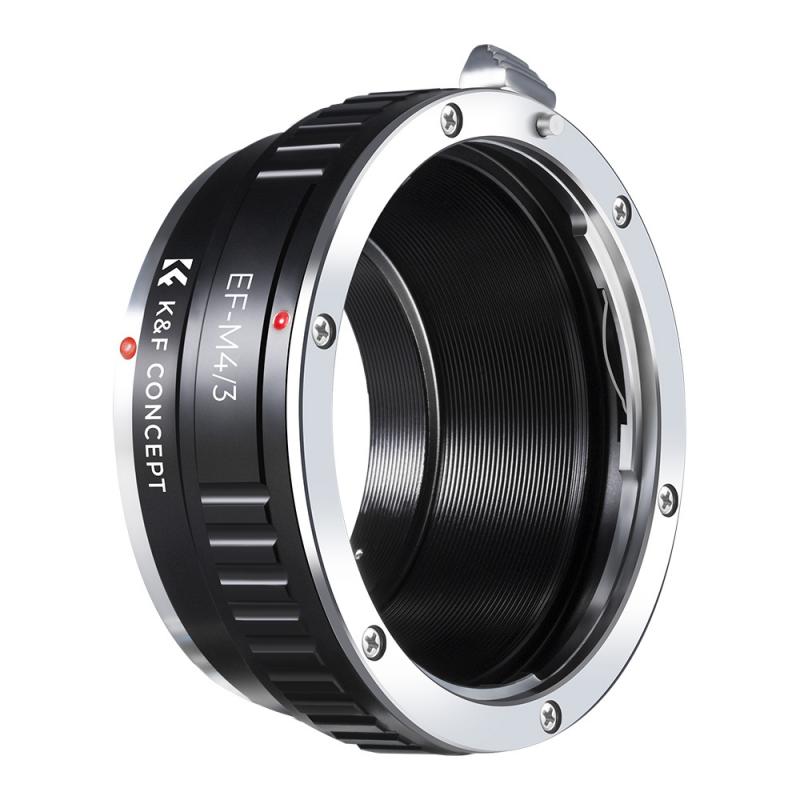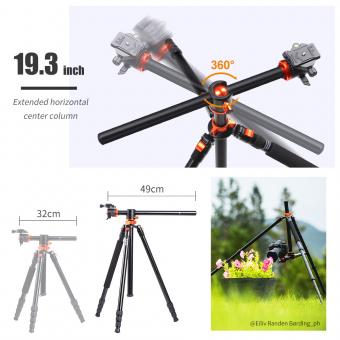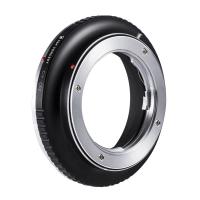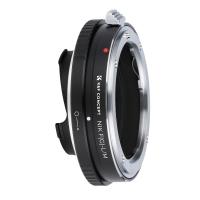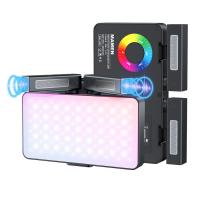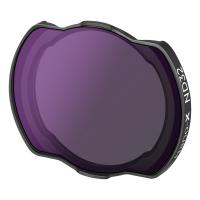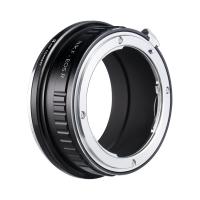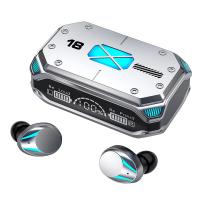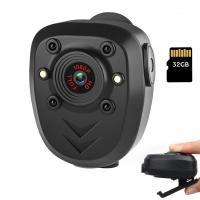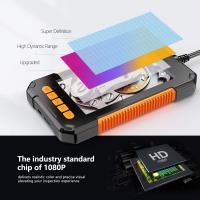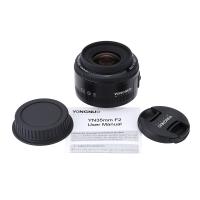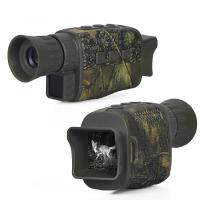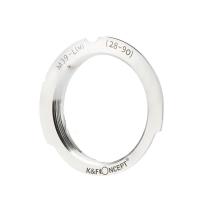How To Buy A Digital Camera ?
To buy a digital camera, you can start by researching different models and their features online. Compare prices and read reviews to find the best camera for your needs and budget. Once you have decided on a specific model, you can purchase it from various sources such as online retailers, electronics stores, or camera specialty shops. Make sure to check for any deals or discounts available. Consider factors like warranty, return policy, and customer support when making your purchase.
1、 Researching camera types and features for your needs
Researching camera types and features for your needs is the first step in buying a digital camera. With the rapid advancements in technology, it is essential to stay up-to-date with the latest features and trends. Start by determining your photography goals and the type of photography you plan to pursue. Are you interested in landscape photography, portraits, or action shots? This will help you narrow down the type of camera that suits your needs.
Next, consider the different camera types available in the market. There are compact point-and-shoot cameras, mirrorless cameras, and DSLRs. Each type has its own advantages and disadvantages, so it's important to understand the differences. Compact cameras are portable and easy to use, while mirrorless cameras offer better image quality and interchangeable lenses. DSLRs are known for their versatility and professional-grade features.
Once you have decided on the camera type, research the features that are important to you. Look for cameras with high megapixel counts for better image resolution, good low-light performance, and fast autofocus systems. Consider the camera's ISO range, burst mode capabilities, and video recording capabilities if those are important to you.
Additionally, it is crucial to read reviews and compare different camera models. Online forums, photography websites, and YouTube channels often provide valuable insights and user experiences. Pay attention to the latest trends and advancements in camera technology, such as improved image stabilization, enhanced autofocus systems, and advanced video features.
Lastly, consider your budget and make a shortlist of cameras that fit within your price range. Visit local camera stores to get a hands-on experience with the cameras you are interested in. This will help you determine which camera feels comfortable in your hands and has an intuitive user interface.
In conclusion, buying a digital camera starts with researching camera types and features that align with your photography goals. Stay informed about the latest advancements in technology and read reviews to make an informed decision. By doing thorough research, you can find a camera that meets your needs and helps you capture stunning photographs.

2、 Comparing prices and reading customer reviews
Comparing prices and reading customer reviews is an essential step when it comes to buying a digital camera. With the rapid advancement of technology, there are numerous options available in the market, each offering different features and specifications. Therefore, it is crucial to do thorough research before making a purchase.
Firstly, comparing prices allows you to find the best deal for your desired camera. Different retailers may offer varying prices, discounts, or bundle packages. By comparing prices across different platforms, you can ensure that you are getting the best value for your money. Additionally, some online platforms offer price comparison tools that allow you to easily compare prices from multiple sellers.
Reading customer reviews is equally important as it provides valuable insights into the camera's performance and reliability. Customers who have already purchased the camera can provide honest feedback about its image quality, durability, ease of use, and other important factors. This information can help you make an informed decision and avoid potential disappointments.
Moreover, customer reviews can also provide the latest point of view on the camera you are considering. As technology advances, new models are released, and software updates are made available, customer reviews can reflect these changes. By reading recent reviews, you can ensure that you are aware of any potential issues or improvements that have been made to the camera.
In conclusion, when buying a digital camera, it is crucial to compare prices and read customer reviews. This will help you find the best deal and make an informed decision based on the experiences of others. By doing so, you can ensure that you are purchasing a camera that meets your needs and expectations.
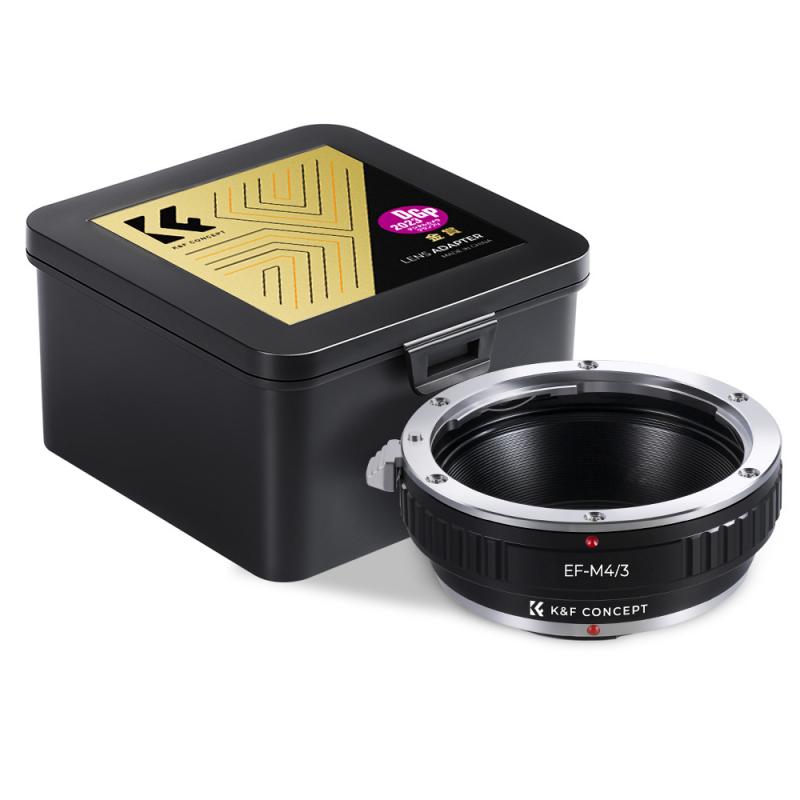
3、 Considering the camera's sensor size and megapixel count
Considering the camera's sensor size and megapixel count, there are several factors to consider when buying a digital camera. These two aspects play a crucial role in determining the image quality and overall performance of the camera.
Sensor size refers to the physical dimensions of the image sensor inside the camera. Generally, larger sensors tend to capture more light, resulting in better image quality, especially in low-light conditions. Full-frame sensors are the largest and offer the highest image quality, but they are also more expensive. APS-C sensors are smaller but still provide excellent image quality and are commonly found in mid-range cameras. Micro Four Thirds sensors are smaller yet, but they are more compact and suitable for travel or casual photography.
Megapixel count refers to the number of pixels the camera's sensor can capture. While a higher megapixel count can result in more detailed images, it is not the sole determinant of image quality. The lens quality, image processing, and sensor size also play significant roles. For most casual photographers, a camera with a megapixel count between 16-24 MP is more than sufficient.
It is important to note that the latest point of view in the photography industry is shifting towards a more balanced approach. Instead of solely focusing on megapixel count, manufacturers are now prioritizing other factors such as dynamic range, low-light performance, and overall image processing capabilities. This means that even cameras with lower megapixel counts can produce stunning images.
When buying a digital camera, it is essential to consider your specific needs and budget. If you are a professional photographer or require the highest image quality, investing in a camera with a larger sensor and higher megapixel count may be worth it. However, for most casual photographers, a camera with a mid-range sensor size and megapixel count will provide excellent results without breaking the bank.
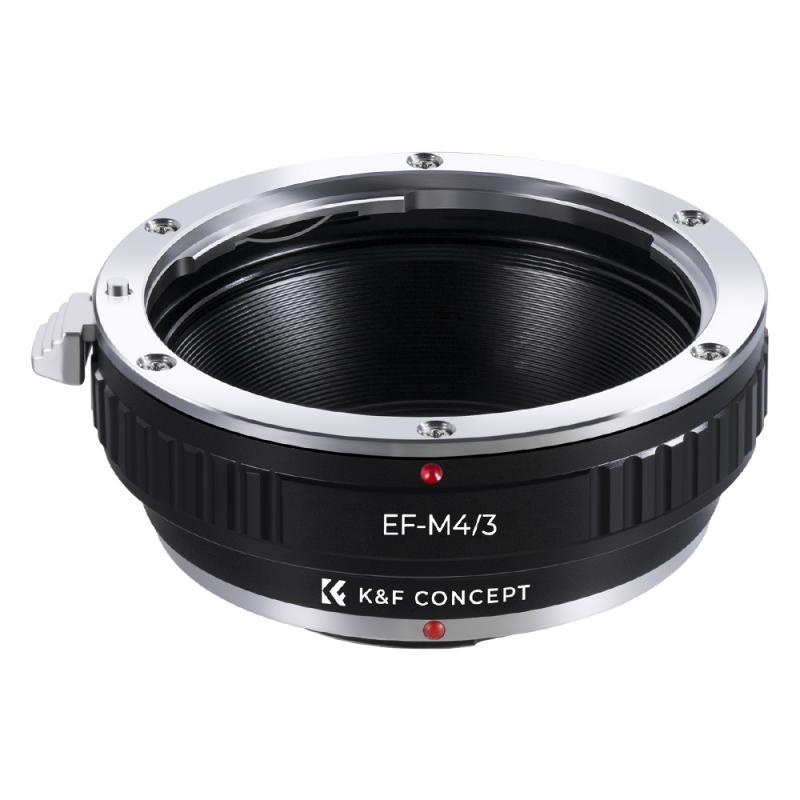
4、 Evaluating lens options and zoom capabilities
Evaluating lens options and zoom capabilities is an essential aspect when considering how to buy a digital camera. The lens is one of the most crucial components of a camera as it determines the quality and versatility of the images you can capture.
When evaluating lens options, it is important to consider factors such as focal length, aperture, and image stabilization. Focal length determines the angle of view and magnification of the lens, while aperture controls the amount of light entering the camera. Image stabilization helps reduce blur caused by camera shake, especially when shooting in low light conditions or using longer focal lengths.
Zoom capabilities are another important consideration. Zoom refers to the ability to adjust the focal length of the lens, allowing you to get closer to or further away from your subject without physically moving. There are two types of zoom: optical and digital. Optical zoom uses the lens to magnify the image, resulting in better image quality, while digital zoom enlarges the image digitally, often resulting in a loss of image quality.
In recent years, there have been advancements in lens technology, such as the development of high-quality zoom lenses with wide focal ranges. These lenses offer versatility and convenience, allowing you to capture a wide range of subjects without the need to carry multiple lenses. Additionally, some cameras now feature built-in image stabilization, which can compensate for camera shake and produce sharper images.
When buying a digital camera, it is important to carefully evaluate the lens options and zoom capabilities to ensure they meet your specific needs and shooting preferences. Consider the types of photography you plan to engage in and choose a camera with lenses that offer the desired focal lengths and zoom capabilities.
